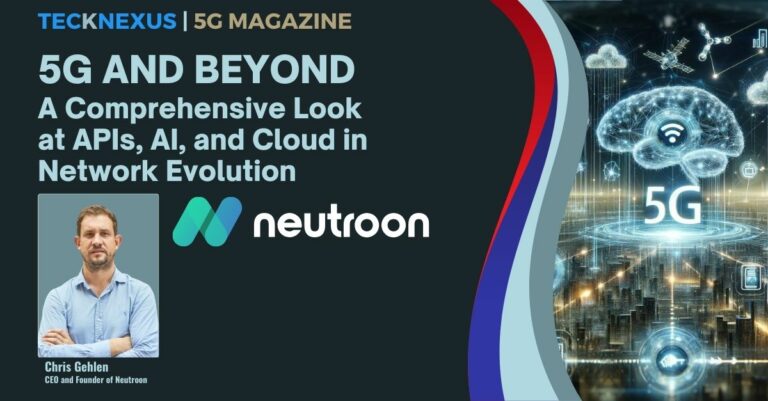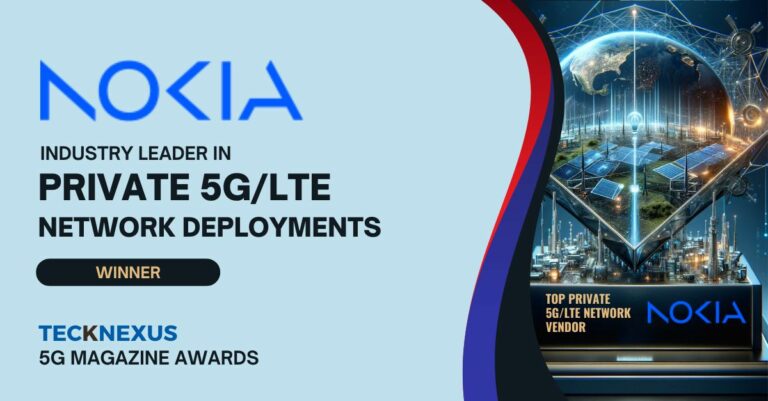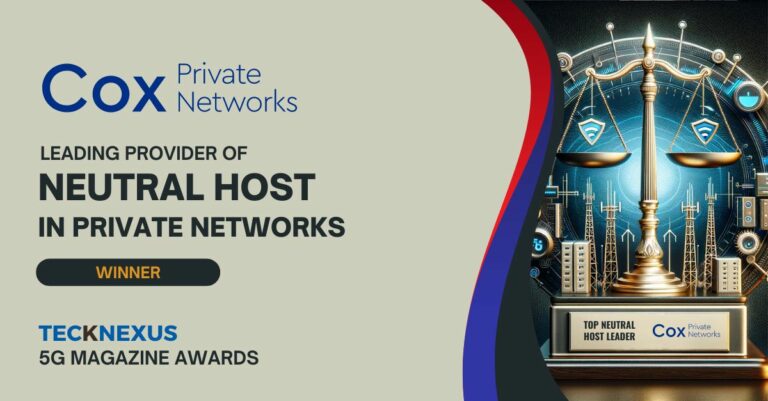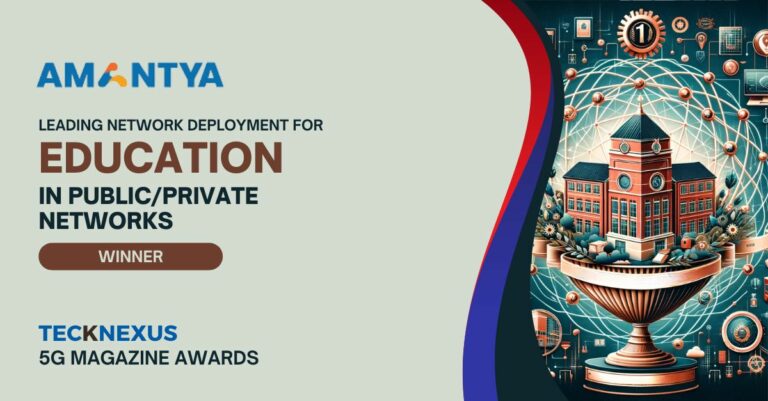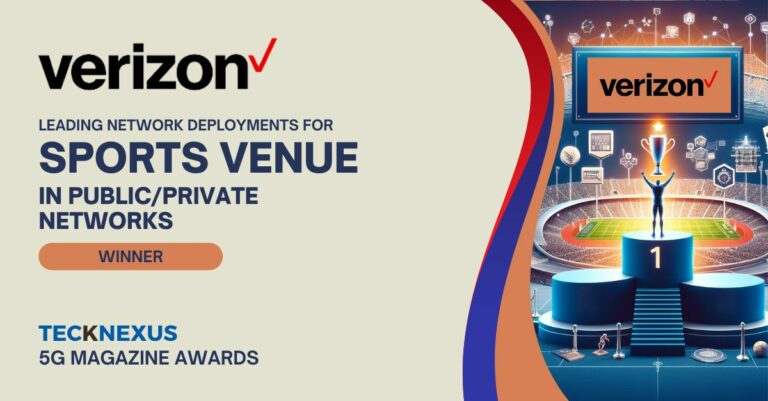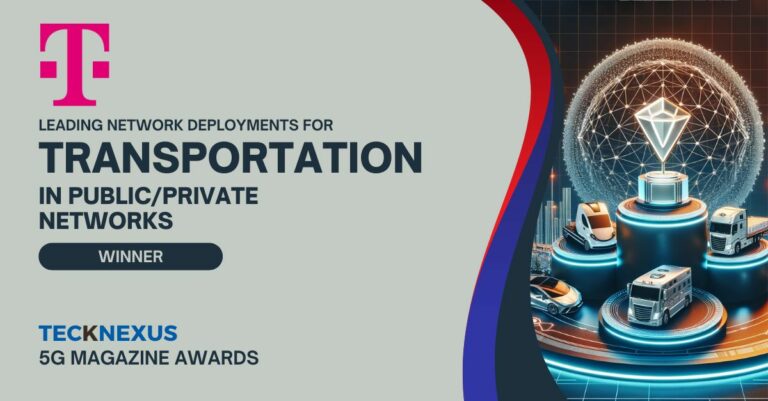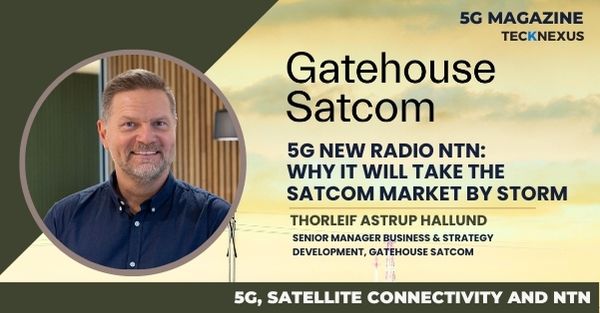The nationwide rollout of 5G might best be described as a promise that has yet to be fulfilled. The challenge of delivering 5G to a broad audience is more complicated than a single issue, but if there is one glaring problem that has held deployment back, it’s accessible reliable bandwidth. That means when the government sold off sections of C-band in two separate auctions this past year, several of the big, nationwide telecom providers jumped at the chance to bolster their frequency portfolios.
The capabilities of this newly available spectrum have led industry observers to suggest that the 5G bandwidth problem might finally be approaching a long-term solution. But questions about C-band and its capabilities still linger. How are telecoms going to deploy C-band? Will it finally deliver true 5G? To understand, it’s helpful to take a deeper look at the challenges.
Understanding the problem
We’ve heard a lot about the capabilities of 5G, and what it will offer in terms of drastically higher capacity, lightning-fast speeds, and virtually zero latency. In order to deliver on the promise of 5G, telecoms have created networks that feature more capacity.
But, the big 5G problem has been that high-capacity frequency bands with low propagation do not travel very far and are weakened or blocked outright by physical barriers. In other words, 5G is tremendous if you are standing right next to the tower, but if there is a building in between, you are out of luck.
One of the leaders in network development, Verizon, has deployed 5G on the super high mmWave frequencies.
But this signal is not reliable at more than 1,500 feet or so, and building a virtual forest of new 5G towers is not the most practical or economical solution for any company.
Other telecoms are likewise building and rolling out 5G networks, but also haven’t been able to fully sort out the problem of physical barriers to high frequencies.
Either the speeds are no greater than LTE or the range is poor.
Getting the band(width) back together



